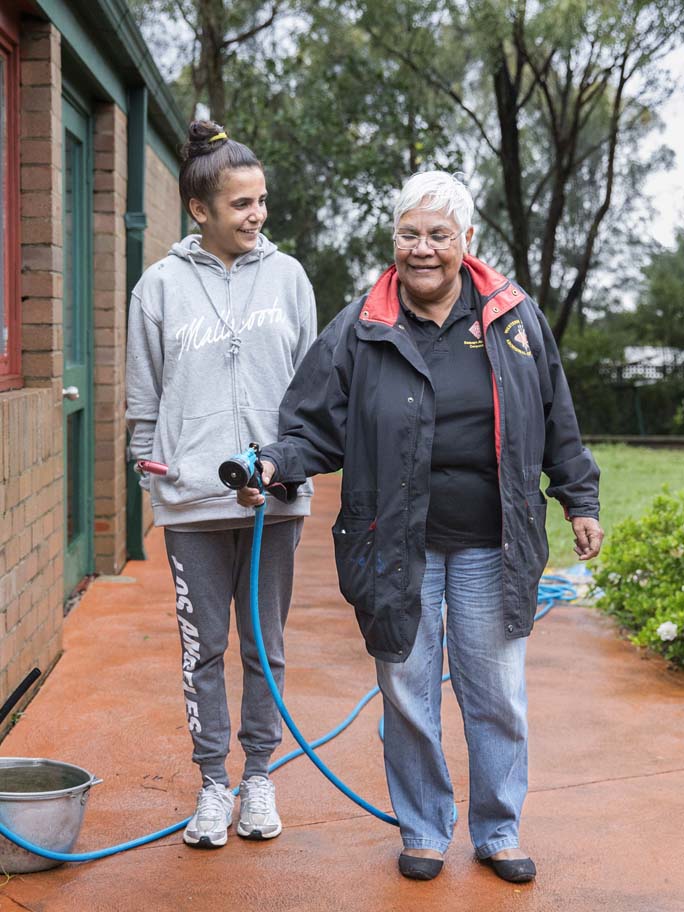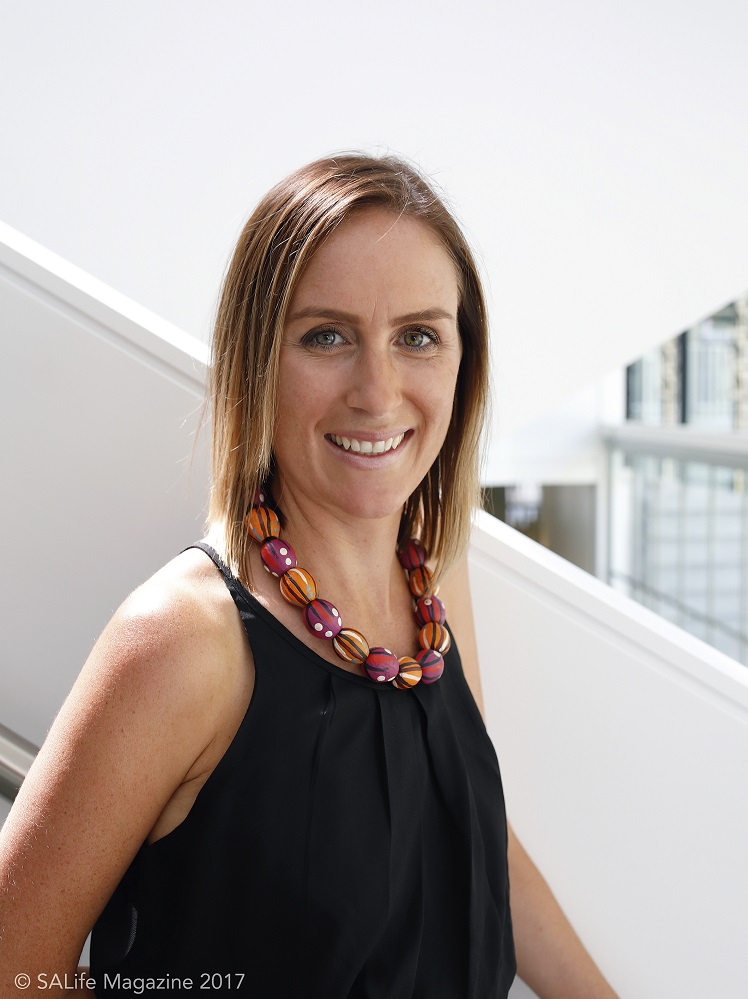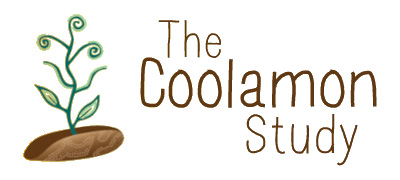Background: Why the Ironbark project?
Aboriginal Elders are the keepers of our cultural knowledge, they are the educators in our communities teaching our young, supporting and maintaining connection to country and an integral part of Aboriginal culture.
Many older Aboriginal people are also the caregivers of their grandchildren and are seen as mothers and fathers rather than grandparents.
As the Aboriginal population ages, it is important to provide programs that meets their needs and supports older Aboriginal people to continue their important role in community.
The Ironbark: Standing Strong and Tall program is a falls prevention program developed in partnership with Aboriginal communities in NSW. It was then tested with six communities and the evaluation found:
- 98 Aboriginal people registered for the program, ages ranging from 40-90 years old, mostly women (53 female participants, 69%).
- The program significantly improved strength and balance
- There was a significant average decrease of in average Body Mass Index
- There was a noticeable increase in participants becoming involved with social activities and outings, including walking groups.
All participants enjoyed the program, and all were willing to recommend the program to others. The most popular element of the program was the Yarning Circles.
The Ironbark trial has now been funded by the National Health and Medical Research Council to test if the Ironbark program prevents falls, and improves the health and wellbeing of older Aboriginal people.
We also aim to contribute to the evidence that community based, Aboriginal led programs are culturally appropriate and acceptable to Aboriginal people across other states, and are cost effective.
For further information:
First Nation Elders’ perspectives on healthy ageing in NSW, Australia article

“Well, the program was actually more then what I thought it would be. It was very good. The information was great combined with the Yarning Circle. The people who come feel like a family now, it has helped with loneliness and death within our group. Each of us had each other it has enhanced our lives. We hope to keep coming so we can have our yarning and exercises.”
IRONBARK PROGRAM PARTICIPANT
Burns in Aboriginal and Torres Strait Islander children: exploring the health inequities impacting families - Courtney Ryder
Background
In Australia Aboriginal and Torres Strait Islander children have a greater burden of burn injuries than other Australian children. Yet to date, no research has examined this from an Indigenous perspective. This is the first thesis to use Indigenous research methodologies to provide a detailed examination of how health inequities impact on Aboriginal and Torres Strait Islander children with an acute burn injury.
Methods
The research comprised a systematic review of international injury literature, two epidemiological studies on Burns Registry of Australia and New Zealand data, a quantitative study with Aboriginal families and psychometric assessment of a survey. Indigenous knowledges and research methods were woven with quantitative research methods through knowledge interface methodology for studies.
Results
Inequities in injury burden are greatest in children from low socio-economic status backgrounds and those who experience longer hospital length of stay (LOS). Aboriginal and Torres Strait Islander children have a hospital LOS 4 days longer than other Australian children for acute burns. Remoteness, flame burns, percentage total body surface area are contributing factors. These health inequities, low socio-economic status and Streptococcus sp. infection are greater in Aboriginal and Torres Strait Islander children than other Australian children. While knowledge interface methodology acted to decolonise outcomes, there were limitations in data from the data source, a Western epidemiological data repository and its employed classification codes.
The manifestation of these inequities creates additional burden through Out-of-Pocket Healthcare Expenditure (OOPHE) on Aboriginal and Torres Strait Islander families. Travel, accommodation and medication are all OOPHE costs impacting families for their child’s burns treatment. Financial stain was reported through inability to pay bills and social isolation. The modification of a pre-existing OOPHE survey was found to be impracticable for families.
Conclusion
This thesis describes the health inequity impacts on Aboriginal and Torres Strait Islander children with an acute burn injury through an Indigenous perspective. Engagement with Indigenous research methodologies exposed the invisible white possessive logic ingrained in burns quantitative research. Change is needed to shift this paradigm and work towards an agenda of Indigenous data sovereignty and more accurate understandings of burn injury burden.
Biography - Courtney Ryder
Courtney Ryder is a PhD student in the Injury Division at The George Institute. Her studies are part of the Coolamon study, understanding burn injuries in Aboriginal and Torres Strait Islander children: treatment, access to services and outcomes. For which she has a NHMRC postgraduate scholarship to investigate the trajectory of recovery, quality of life, parental resilience and economic impacts of Aboriginal and Torres Strait Islander families whose children are recovering from a burns injury. She is also a CI for on the NHMRC funded study, preventing falls in older Aboriginal people: the Ironbark trial.
Ryder is seen as an emerging research leader in Aboriginal injury and rehabilitation, with a keen interest on equitable health outcomes for communities. Prior to commencing her studies, Courtney worked academically, where she has over a decade’s experience in Aboriginal health education. She holds a lecturer position at Southgate Institute for Health, Society and Equity in the College of Medicine and Public Health at Flinders University and an academic appointment at the Rural Clinical School in the Faculty of Medicine for the University of Queensland.

